|
Cathays Park is a beautiful assembly of Edwardian buildings constructed on the edge of the 20th century. The walk starts at the Cardiff University and continues along the cozy parks and avenues. Some of them served as shooting sites for Dr. Who and Sherlock Holmes series, so be attentive and try to spot familiar places. This route is a part of the "Get to know Cardiff" walk. Cardiff University Main BuildingDirections: Start at the Main Building entering via Park Place street. Enjoy the gallery and pay attention to the statue of the first Principal of the University. The story of the University began at the end of the 19th century. Two cities competed to host it - Swansea, and Cardiff. The latter won in particular due to generous private donations. The University College was opened in 1883 and imposed progressive rules. For example, allowed acceptance of women and eliminated religion-based entry exams. The original building was located on Newport Road but eventually became insufficient. The new block was completed by 1909. As the University expanded, it became known as the Main Building. Alexandra GardensDirections: Leave the building via the opposite exit leading to Museum Avenue, enter Alexandra Gardens. Key landmarks: Wales National War Memorial, Spanish, and Falkland Islands War Memorials, a statue of the first President of the University - Henry Austin Bruce. The park was named after Alexandra of Denmark, the queen of Great Britain. She married Albert Edward in 1863 and held the title of Princess of Wales for 39 years. She ruled only for 8 years following the coronation of her husband in 1902 under the name of Edward VII. Alexandra was attractive, charming, actively participated in charity work and was one of the most popular members of the royal family at that time. King Edward VII AvenueDirections: Leave Alexandra Gardens via the opposite exit leading to King Edward VII Avenue and its attractions - the Temple of Peace, the Bute and Glamorgan Buildings, the University of Wales. The access is limited, but they are worth a moment to be explored from the outside. Edward VII is known as the "Uncle of Europe". He was related to many European royal families and strengthened external ties of Great Britain. At the same time, he didn't find an agreement with his nephew, German emperor, foreseeing a potential war. Thus, he supported military and navy reforms that eventually prepared the country for World War I. The period of his reign is known as Edwardian. It's associated with the rapid advancement in technologies and economic growth. Temple of PeaceA civil public building opened in 1938. It's a symbol of peace and a tribute to soldiers. The project came into life thanks to Lord Davies, its main ideologist, and sponsor. The Crypt below the main hall contains the Book of Remembrance listing 35,000 names of Welsh men and women who gave their lives during the first World War. At different times the building hosted the Association established to fight tuberculosis in Wales, Welsh League of Nations and Welsh Centre for International Affairs. In addition, several Dr. Who episodes were filmed here throughout 2005-2008. Bute BuildingIs located next to the Temple of Peace. Built as a Technical Insitute in 1916, now it belongs to Cardiff University and hosts School of Architecture and the School of Journalism. A very curious detail is the 8 meters SkyDome, the largest in the UK, which is located in the basement. This artificial sky is used to model natural lighting conditions, such as changes of weather and seasons. The research helps in designing energy-sustainable buildings: they use less electric lighting due to a more balanced distribution of a daylight. Glamorgan BuildingIt was designed as a county hall of Glamorgan and opened in 1912. Glamorgan was a former administrative unit of Wales that originated from a medieval kingdom conquered by Normans in the 11th century. The building was acquired by Cardiff University in 90's and currently hosts the School of Social Sciences and the School of Planning and Geography. Pay attention to the statues symbolizing the key sources of wealth of Glamorgan. Minerva, goddess of wisdom and trade, represents mining, while Neptune represents navigation. Royal Welsh College of Music and DramaDirections: Take the College Road, passing the Temple of Peace and Bute Building. Continue till you reach the North Road. Make a stop for a coffee at the College of Music and Drama. The terrace overlooking Bute Park is a pleasant bonus. Was opened in 2011. The project budget of £22.5 million was partially funded by Welsh Government and private donations. What appears to be a single structure, is, in fact, a complex assembly of several blocks united by a floating roof. The college houses the chamber recital hall, the Richard Burton theatre, rehearsal studios, and exhibition gallery - the ‘Linbury Gallery’. Directions: Return to King Edward VII Avenue, continue till you reach Gorsedd Gardens Road. Take some time to explore the highlight of the walk, the three magnificent buildings - Crown Court, City Hall, and National Museum. Crown CourtWas built in 1904 and is currently a part of the Wales Circuit of Her Majesty's Courts Service. The Crown Court and Town Hall were designed by the same architects, Stewart and Rickard. They were inspired by English and French Renaissance, but also influenced by Edwardian period, when Cardiff prospered from the coal industry. Allegorical sculptures created by Paul Montford are placed at the east and west sites of the building. They symbolize Science and Education, and Commerce and Industry. City HallWas opened in 1906, a year after Cardiff got the city status. One of the most distinctive features is the clock tower and dome crowned with the dragon. Another interesting element is a group of statues called “Tritons and Rivers”. It represents the sea accepting the main rivers of the city – the Taff, the Rhymney and the Ely. The interior designs also host peculiar sites. For example, a staircase serving as a memorial to Captain Robert Scott and his crew, whose expedition to the North Pole started in Cardiff in 1910. National MuseumThe construction of National Museum started in 1910. Architects Smith and Brewer tried to preserve an overall impression of Edwardian style, but the final design is closer to American Beaux-Arts. The project was slowed down by the First World War and was accomplished during 60's and 90's. The National Museum holds various collections and exhibitions. When visiting, don't miss the section of French art representing the works of Claude Monet, Van Gogh, Paul Cézanne and Pierre-Auguste Renoir. Gorsedd GardensGorsedd Gardens is a lovely park opposite the National Museum. The name Gorsedd is derived from welsh "throne" and refers to a community of bards. A stone circle at the center was dedicated to the Eisteddfod of Wales, a national festival, held in the city in 1899. Traditions of this event come from competitions of bards in the early 12th century. It is still being held every year at different locations in Wales. Friary GardensFriary Gardens is situated in front of the Cardiff Crown Court. This beautiful corner has an interesting background. Initially called the Dutch Garden, it was renamed in 1923 to celebrate the history of a Franciscan Friary associated with this site. Franciscan Friars, also known as Grey Friars supposedly arrived in Cardiff in a late 13th century. The name “grey” originated from the color of the cloaks they wore. The friary existed until the 16th century when King Henry VIII started religious reformations to free from the influence of the Pope and divorce Katherine of Aragon. The Church of England was established, while old monasteries and Catholic institutions were demolished. The friary was closed in 1538. Its income and assets were appropriated in favor of the Сrown. In the late 19th century the Third Marquis of Bute financed excavation works, which reviled some old foundations and elements of the church. So it's not a coincidence his statue was placed here in 1929.
1 Comment
7/6/2021 05:50:32 am
These are all nice places to go to whenever I do decide to travel. I do not have a lot of time in my hands right now, and to be honest, it is crazy. I have not spend a time off for the last five years of my life. I swear I want to go and enjoy my life a bit, but I just cannot do it. I will have to consult with my boss, but I hope that I can come here.
Reply
Leave a Reply. |
ArchivesCategories |
Search by typing & pressing enter

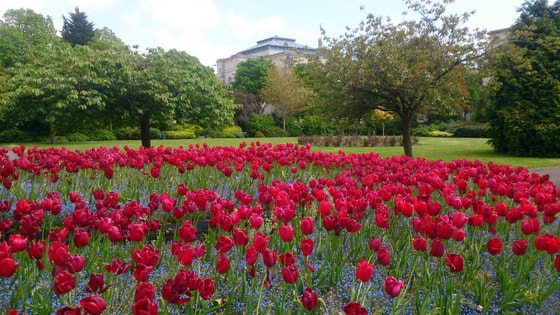
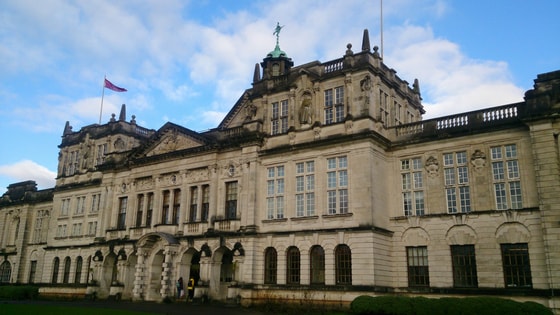
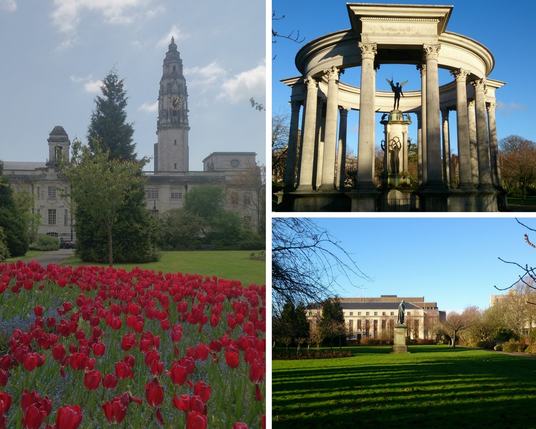
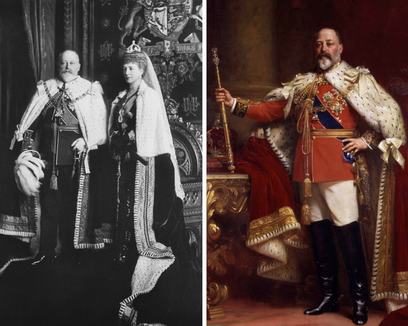
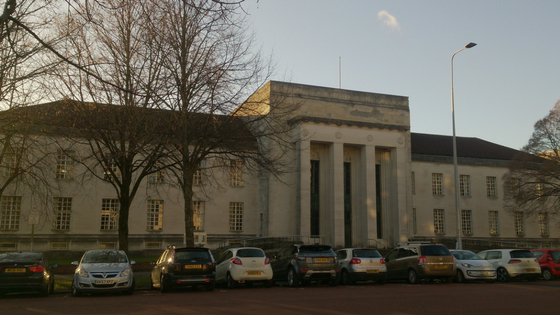

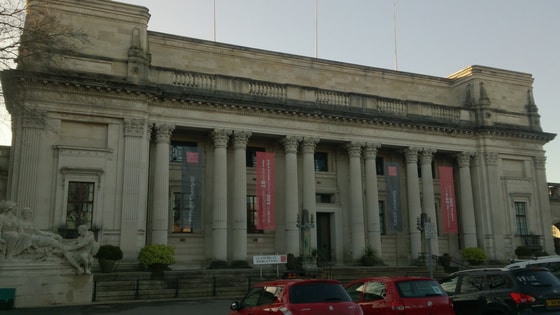
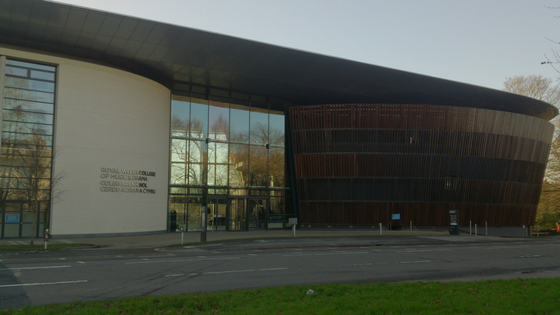
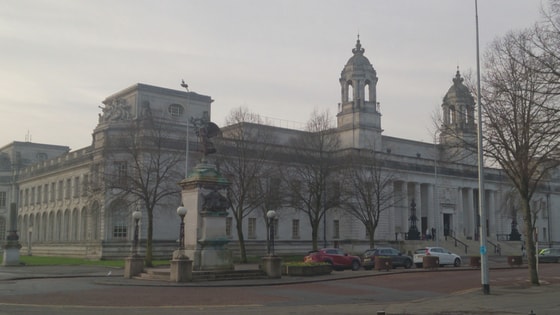
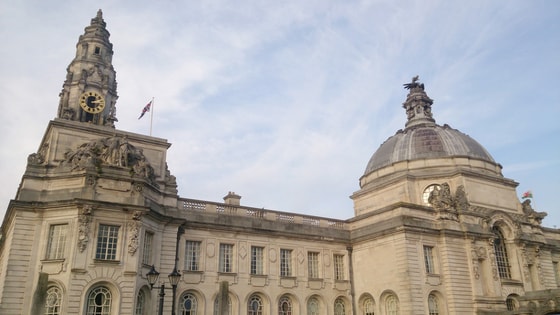
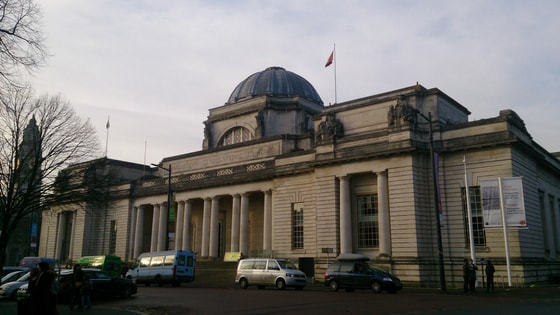
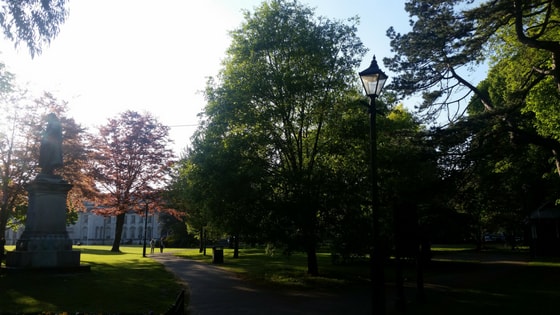
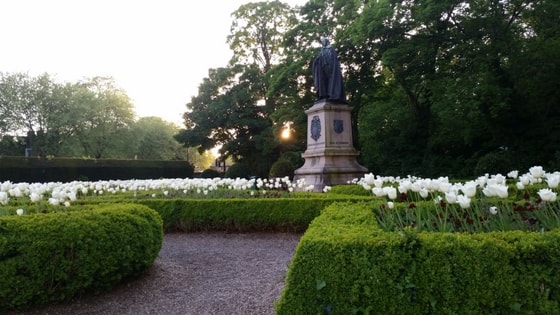
 RSS Feed
RSS Feed